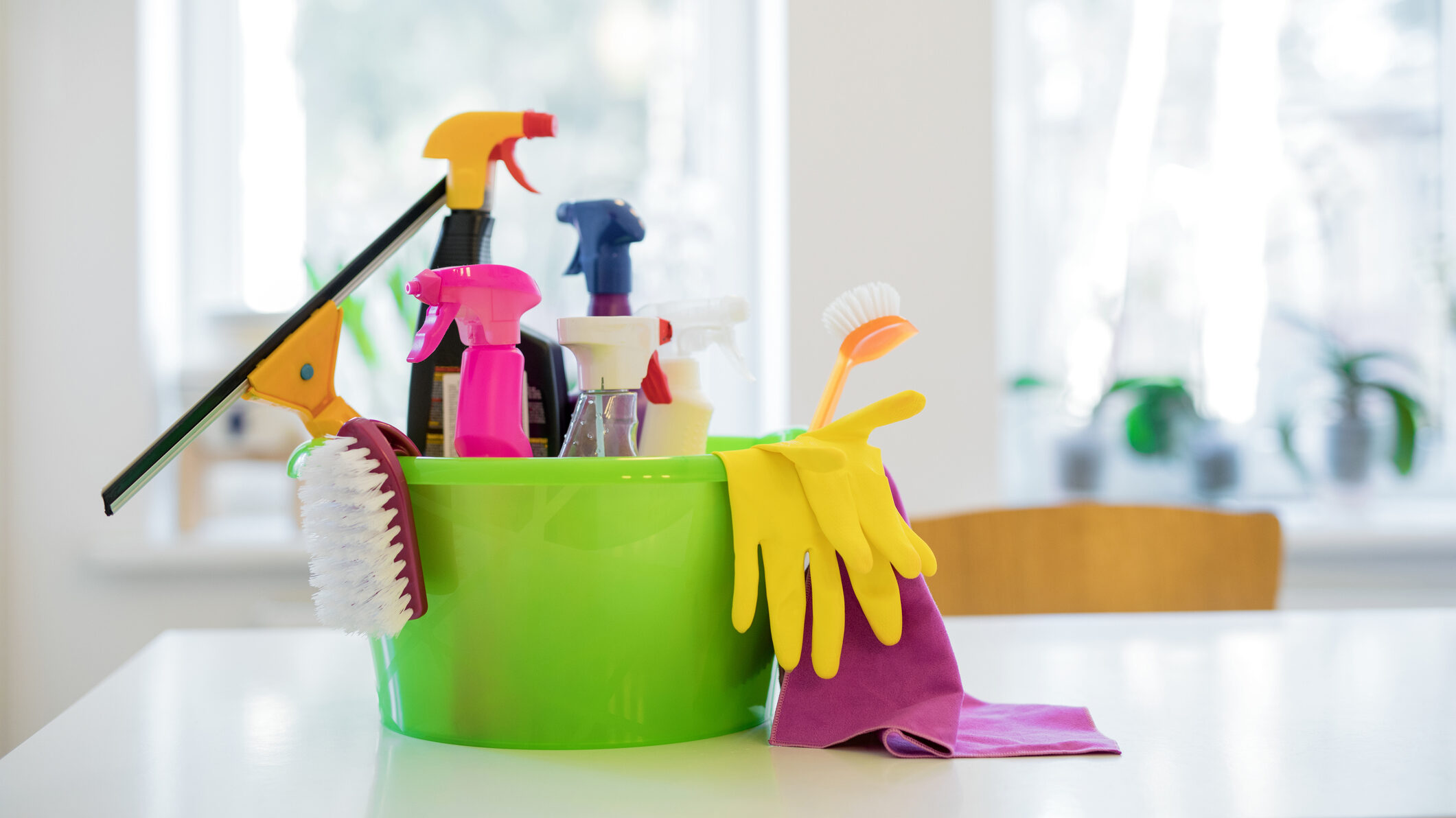Wednesday 9th April 2025
Read on to discover valuable tips and insights to create a safe home environment for your family. Learn how to safeguard your loved ones by implementing these simple safety tips in your household. You can also download our comprehensive New Parent Checklist today to make sure you have everything covered.

Choking Prevention
Choking prevention is key, especially for young children. Cut food into small, safe pieces, for example slice grapes, tomatoes, and hot dogs. Avoid hard foods like nuts and popcorn for young children. Ensure your child is sat upright whilst eating and chewing thoroughly. Other common household objects like batteries, coins, buttons, bottle caps and other small objects should be kept out of reach from young children.
Toy safety is crucial for preventing choking. Choose age-appropriate, safety-tested toys from reputable brands like Bigjigs Toys. Avoid small parts for kids under three and report safety concerns. Keep a LifeVac in your home – it can save a life in seconds during a choking disaster. The LifeVac is designed to quickly clear anything obstructing the airway in 3 simple steps; place, push, pull! Masks in 4 different sizes are included, varying from child to adult to protect everyone.

Regular Toy Checks
Regularly check your child’s toys to ensure they remain safe and in good condition. If you spot a hazard; repair the toy accordingly or replace or dispose of them immediately. Ensuring the quality of your toys is crucial; brands like Bigjigs Toys carry out vigorous safety testing to meet the relevant standards and display any relevant safety warnings clearly on their toys. Particular attention should be paid to toys with batteries and magnets as they can be very dangerous if swallowed, even causing internal damage. Poorly designed toys can expose sharp edges easily leading to cuts and other injuries. Toys with loose cords, ribbons or wires could cause strangulation. Damaged toys can result in splinters where smaller bits break off; creating choking hazards.
Always remove and discard toy packaging after unpacking for the first time. Ties, fixings and plastic bags can cause suffocation, choking or strangulation.

Install & Maintain Smoke Alarms
Install smoke alarms in every bedroom, outside sleeping areas, and on each floor. It is crucial to test them monthly and change the batteries when required. You can use a reminder service to give you peace of mind. Replace your alarm in accordance with the ‘replace by’ or manufacture date printed on it. Smoke alarms typically last a maximum of 10 years so if this date is approaching, it is time to get a new one. The sensors inside of alarms deteriorate over time meaning the alarm is less effective.
Fires are more likely to start in the kitchen; heat alarms are ideal for kitchens as they detect a sudden rise in temperature rather than smoke. The detection of a fire in the kitchen is more accurate with a heat alarm. Smoke alarms react to smoke in the air, and are therefore more prone to false alarm when you are cooking or if you burn the toast.
Installing radio-interlinked alarms provides an additional level of protection for your family. These alarms communicate through radio frequency signals, therefore if one alarm sounds, all other connected alarms will sound. This provides the earliest possible warning of danger to the family, wherever they are in the home. Interlinked alarms provide a safer, more reliable fire detection system, and as a result they are now a legal requirement in Scotland .
Keep a First Aid Kit Handy
A first aid kit is a must have in the home. Children and adults are prone to having bumps and burns at home, therefore having a well-stocked first aid kit prepares you for these accidents and emergencies. Statistics show that 250,000 people suffer burn injuries each year, with children accounting for almost 50%. Almost half of all serious burns are to children under two and 70% are to children under five. Children have much thinner skin than adults, this alongside the fact that they are much more unpredictable means they are at a greater risk of serious burns.
Hot drinks are a common reason for burns in children, they can be easily knocked and can burn even 15 minutes after being made. Having a first aid kit to hand means you can respond quickly to injuries before seeking medical help if necessary. Most simple first aid kits include cleansing wipes, bandages, a variety of dressings, gloves, burn treatments and an instruction booklet to help you. You can also buy refill kits to keep your first aid stocked up and prepared for these emergency situations.

Keep a Fire Extinguisher & Know How to Use It
Having a home fire extinguisher allows you to act fast if a small fire were to break out. Acting fast in this situation and extinguishing a fire when it begins, stops it from getting out of control. Keep in mind, only attempt to extinguish a fire if it is small; larger fires call for immediate evacuation and a call to 999 – please do not attempt to tackle them. Knowing how to use your extinguisher is vital as this will allow you to move quickly when needed. Read this guide to find our more: ‘how to use fire extinguishers’ .
Store Cleaning Supplies and Medications Safely
Keep children and pets safe by storing cleaning supplies and medications in a secure place, like a locked cabinet or high shelf. Always keep them in their original containers with labels intact, and never mix chemicals or leave them open. Medications should be checked regularly for expiration dates and disposed of properly when no longer needed. Laundry capsules can be very dangerous as they are often colourful and small, therefore children can easily mistake them for sweets. Ensuring they are stored out of reach is vital, and closing your washing machine door immediately after putting the capsule in will mean your child cannot reach in to get it.

Have a Carbon Monoxide (CO) Alarm
Having a carbon monoxide alarm is crucial as deadly CO gas is colourless, odourless and tasteless so there is no way to detect it without an alarm. Symptoms of carbon monoxide poisoning , such as headaches, nausea, dizziness, and fatigue can easily be mistaken for other illnesses. A carbon monoxide alarm is the only reliable way to detect this gas, alerting you when levels become dangerous.
Incomplete combustion of fossil fuels (gas, oil, coal and wood) creates CO gas. It can be produced due to a fault or improper installation of everyday household appliances such as heaters, open fires, log burners or fires. Proper ventilation and regular maintenance of these appliances can help reduce the risk of carbon monoxide being produced.
Test your CO alarm regularly and use this free reminder service so you don’t forget. If the alarm sounds, evacuate immediately. Babies and young children are more vulnerable to carbon monoxide exposure, so it’s crucial for parents to familiarise themselves with the symptoms so they can quickly recognise and take immediate action if a problem arises. Having a travel CO alarm is essential as when staying in holiday accommodation, your CO safety cannot be guaranteed. It is not a legal requirement to have a CO alarm in place in many countries, therefore you may not always be protected; a travel CO alarm will give you peace of mind.
Childproof your home
Install safety gates at staircases to prevent young children from going up or down the stairs. They can also be installed in doorways to keep them from entering rooms considered ‘dangerous’ such as the kitchen. Secure furniture corners with bumpers to prevent active children from injuries. Add safety catches to any drawers or cupboards in their space to prevent them from accessing what’s inside.

Practice Electrical Safety
Avoid overloading outlets by checking the amp limit on extension leads. This online socket calculator can help ensure you don’t overload sockets. Frayed cords can be dangerous so it is important to replace them immediately. Putting safety covers on unused electrical outlets stops young children from poking around and hurting themselves. Water should be kept a good distance away from electrical appliances to avoid electrocution.
Be Prepared for Fire Emergencies
Have a fire escape plan in place and ensure everyone in the family knows it . Talk to your children about what an escape plan is and why it is so important. Seconds count in this situation therefore it is key everyone in the family is aware of the steps to exit safely and quickly. It is important to be aware of key safety measures like not stopping to get dressed and gather valuables, parents taking the lead and feeling doors for warmth before opening them.
Bath Time/ Water Safety
Babies and young children can drown in as little as 5cm/2inches of water. It has been recorded that on average 1 child a month drowned at home in 2023 . 86% of these deaths occurred when a child was unsupervised by an adult. Drowning is one of the most common causes of child deaths; often due to it being silent therefore noise and struggle is likely not to alert adults in the vicinity. During bath time stay alongside your baby or toddler for the duration of the bath. Never leave them – even if they have older sibling in the bath with them. Check the water is below 38°C to prevent burns. Even when using a bath seat, stay with your baby the entire time; this is not a safety device. Empty the bath as soon as your child is out.
In summertime, supervise children when they’re in paddling pools. Once finished, empty immediately and store in a safe place out of the way. The garden can also hold risks such as ponds and swimming pools. Ensure your garden is secure and supervise children when they are playing outside.

By following these essential home safety tips, you can greatly reduce the risks your family faces and ensure their wellbeing. Prioritising these points will provide you with peace of mind and help create a safer environment in your home. For further tips visit our Home Fire Safety Check where you can receive personalised fire and safety advice for your home.





